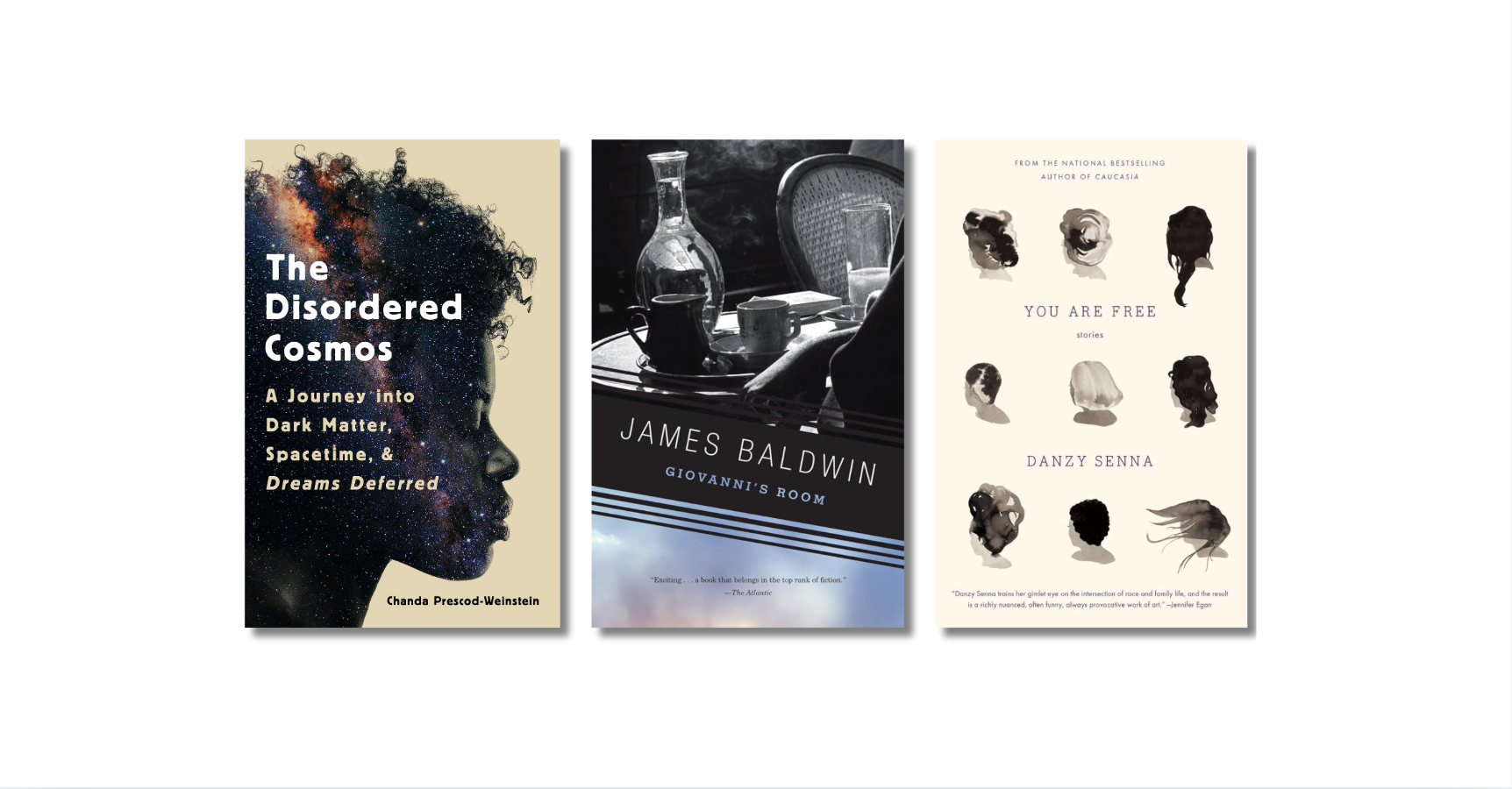I first read James Baldwin’s The Fire Next Time in my teens. I discovered it on my parents’ bookshelves alongside Claude Brown’s Manchild in the Promised Land, Maya Angelou’s I Know Why the Caged Bird Sings, and Eldridge Cleaver’s Soul on Ice, all of which I inhaled in greedy gulps the way other kids I knew attacked their bongs. I had a strangely divided childhood when it came to race. Most of the year we lived in a leafy commuter suburb of San Francisco, where everyone was forever congratulating themselves for how progressive they were in their views about Black people, but where actual Black people were a very small minority of the population. Then in the summers I stayed with my grandparents in Danville, Virginia, a gritty Southern mill town, where nobody was progressive in their views about anything, but where Black people were, for me, a daily, confounding presence.
One of my primal memories from those summer visits is tagging along with my grandfather to drive the family cook home after work. Each night after supper we set out in my grandfather’s hulking Oldsmobile, driving through the clean, wide streets of the white side of town, crossed some railroad tracks, and watched as the houses got smaller and the streets got narrower and more crooked and pocked with potholes.
Years later, as a grown man, I spent months driving my grad-student Nissan all over Danville talking to people on both sides of the color line for an oral history project on the Civil Rights Era. But in the 1970s I was just a white boy in the back of an Oldsmobile. I knew something was very, very wrong with the picture I was seeing out the window, but no one would tell me what it was.
This was the conundrum I turned to James Baldwin to unravel. In a white culture marked by deflection and denial, Baldwin and Cleaver, along with the comedy albums of Richard Pryor and the proto-rap tunes of Gil Scott-Heron, told it straight. And what a relief that was. No, these Black artists said, I wasn’t crazy. No, the world I lived in wasn’t fair or right.
I was reminded of those evening rides across Danville this summer during the waves of protests that followed the murder of George Floyd at the hands of Minneapolis police officers. As the demonstrations spread, millions of white Americans found themselves, as I had in the back seat of my granddaddy’s Oldsmobile, in the uncomfortable position of seeing for the first time how they looked in the eyes of people of color they shared their cities with. And like me, they turned to books to understand what they were seeing.
I did, too. Early in the summer, I read Sarah M. Broom’s epic New Orleans memoir The Yellow House and Colson Whitehead’s short but equally epic The Nickel Boys. By lucky accident, I happened on S.A. Crosby’s propulsive crime novel Blacktop Wasteland, set in Southeast Virginia, not too far from where my grandparents lived. Later, remembering my childhood trips to my parents’ bookshelves, I picked up Begin Again, critic Eddie Glaude’s meditation on James Baldwin and history. Glaude’s book was a revelation to me because it focuses not on The Fire This Time and the other early nonfiction that had so spoken to me so forcefully as a teenager, but Baldwin’s later work as a writer and activist struggling to make sense of what Glaude calls the “after time” following the murder of Martin Luther King, Jr. and the slow collapse of the Civil Rights Movement.
But nothing else I read this year taught me more about America and its tortured history than Edward E. Baptist’s The Half Has Never Been Told: Slavery and the Making of American Capitalism. So many of the classic American texts on slavery focus on the impact it had on white political history. The Half Has Never Been Told touches on American political history, but it is principally about the daily mechanics of Deep South cotton plantations, how market forces spurred 19th century plantation owners to drive their enslaved workers to produce ever more cotton per hand, year after year. Without appreciable advances in technology or seed varieties, slaveholders could only achieve such exponential growth through constant and systematic application of physical torture – what Baptist calls “the whipping machine.” The fact that Baptist manages to convey the sheer brutality required to get rich raising cotton without turning the book into 500+ pages of horror porn only makes it that much more chilling.
They should hand out a copy of The Half Has Never Been Told to every American kid finishing college and every newly elected member of Congress. You can’t fully understand the stubborn persistence of racism in this country without grappling with the economics of a Deep South cotton plantation. Slaveholders, as Baptist makes clear, didn’t necessarily hate their slaves. They were business people responding to inhuman but rational market forces, who saw their enslaved workers as property, another kind of livestock to monetize in whatever way possible. Cruelty was essential to their business.
More than 150 years later we’re still living in the world they made.
More from A Year in Reading 2020
Don’t miss: A Year in Reading 2019, 2018, 2017, 2016, 2015, 2014, 2013, 2012, 2011, 2010, 2009, 2008, 2007, 2006, 2005











